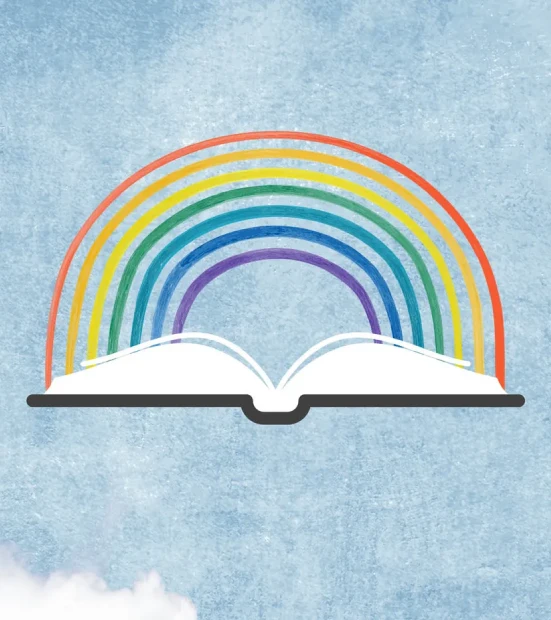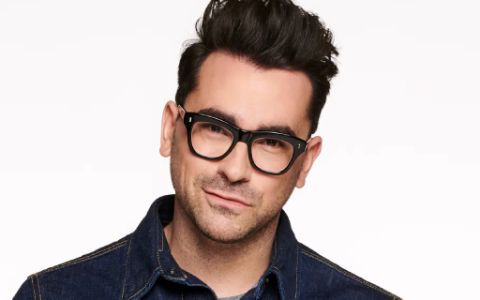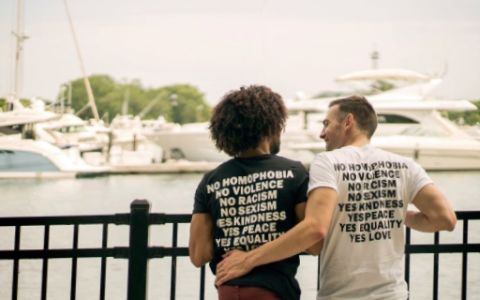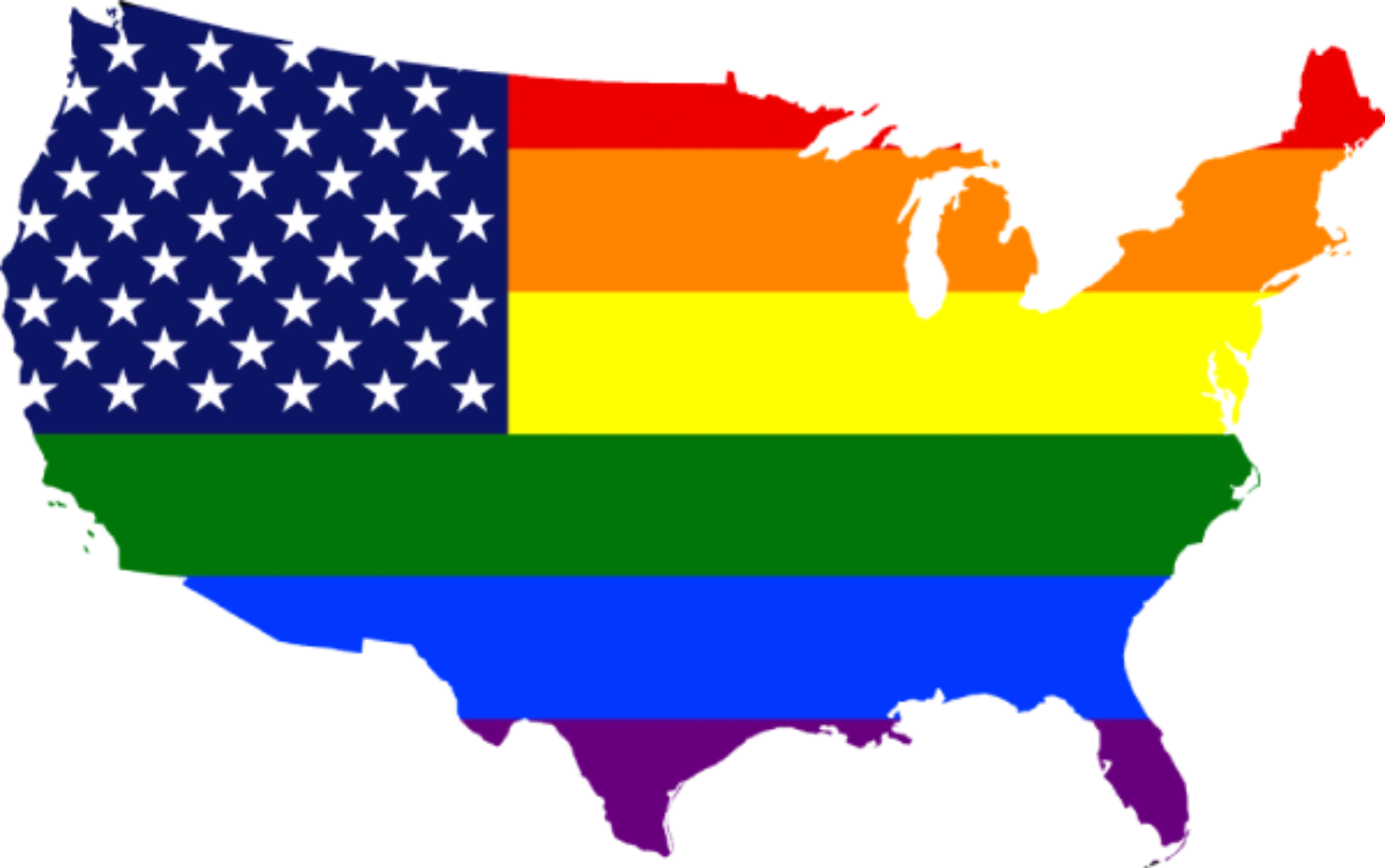
The LGBTQ+ community has a unique vocabulary that reflects the diversity and complexity of gender and sexuality. Here are some common terms and their definitions:
- LGBTQ+ – An acronym that stands for lesbian, gay, bisexual, transgender, queer/questioning, and other non-heterosexual/non-cisgender identities.
- Lesbian – A woman who is primarily attracted to other women.
- Gay – A man who is primarily attracted to other men, or a broader term used to describe the LGBTQ+ community.
- Bisexual – A person who is attracted to both men and women.
- Transgender – A person whose gender identity differs from the sex they were assigned at birth.
- Queer – A term that can encompass a variety of non-heterosexual/non-cisgender identities, or used as a political statement to reject heteronormative assumptions.
- Non-binary – A person who identifies as neither male nor female, or as both male and female.
- Genderqueer – A person who identifies as neither entirely male nor entirely female, or as a combination of both.
- Pansexual – A person who is attracted to people of all genders.
- Asexual – A person who experiences little to no sexual attraction.
- Ally – A person who supports and advocates for the LGBTQ+ community, even if they do not identify as LGBTQ+ themselves.
- Out – A term used to describe someone who is open about their LGBTQ+ identity.
- Closeted – A term used to describe someone who is not open about their LGBTQ+ identity.
- Pronouns – The words used to refer to a person in the third person (he/him, she/her, they/them, etc.). For transgender and non-binary people, using the correct pronouns is important in respecting their gender identity.
- Coming out – The process of revealing one’s LGBTQ+ identity to others.
Introduction to the LGBT community and terminology
%heading% is an incredibly important part of starting a business. Without it you wouldn't know what customers want, if you can provide it, and how much to charge for your services. It's also essential for staying up-to-date with the latest market trends and spotting new opportunities that could lead to success!
The first step in conducting market research is identifying your target customer base. You'll want to create detailed profiles of the type of customer who would be most interested in your product or service and note their demographic information, purchasing behaviors, and buying habits.
Next, you'll want to understand what competitors are doing in the same space and how they are pricing their products or services. Lastly, researching any relevant regional or local regulations that may affect your business will help ensure compliance as you move forward with operations.
By taking these steps you’ll have a strong understanding of the market conditions when starting your business and will be better positioned to make informed decisions along the way.
Definitions of Commonly Used Terms
One of the main purposes of an LGBT dictionary is to provide clear and concise definitions of commonly used terms within the LGBTQ+ community. These definitions can help individuals who are new to the community, as well as those who are looking to expand their knowledge and understanding of LGBTQ+ identities and experiences.
Some of the most commonly used terms that may be included in an LGBT dictionary include:
- LGBTQ+: An acronym that stands for lesbian, gay, bisexual, transgender, and queer/questioning. This term is used to refer to the community as a whole.
- Gender identity: This refers to a person's internal sense of their own gender, which may or may not align with the sex they were assigned at birth.
- Gender Sexual orientation: This refers to a person's romantic and/or sexual attraction to others, which may be directed towards people of the same gender, a different gender, or multiple genders.
- Coming out: This refers to the process of disclosing one's LGBTQ+ identity to others, either publicly or privately.
- Coming Pronouns: These are the words used to refer to someone in the third person (he/him, she/her, they/them, etc.). For transgender and non-binary individuals, using the correct pronouns is an important aspect of respect and affirmation.
- Coming Ally: This refers to someone who supports and advocates for the LGBTQ+ community, even if they do not identify as LGBTQ+ themselves.
By providing clear and accurate definitions of these and other commonly used terms, an LGBT dictionary can help promote understanding, acceptance, and inclusivity within the LGBTQ+ community and beyond.
Discussion on Gender ID in the context of LGBTQIA+ identities
One of the main purposes of an LGBT dictionary is to provide clear and accurate definitions of commonly used terms within the LGBT community. This can help individuals who are new to the community or those who may not be familiar with certain terms better understand the language and terminology used by the community.
Some commonly used terms that may be defined in an LGBT dictionary include:
- LGBT: This term stands for lesbian, gay, bisexual, and transgender. It is often used as an umbrella term to refer to the community as a whole.
- Queer: This term has been reclaimed by some members of the LGBT community as a way to embrace non-normative identities and reject labels that may be seen as limiting or restrictive.
- Gender identity: This refers to an individual's internal sense of their gender, which may or may not align with the sex they were assigned at birth.
- Sexual orientation: This refers to an individual's romantic and/or sexual attraction to others, which may be same-sex, opposite-sex, or both.
- Transgender: This refers to individuals whose gender identity does not align with the sex they were assigned at birth.
- Non-binary: This refers to individuals who do not identify as exclusively male or female.
- Cisgender: This refers to individuals whose gender identity aligns with the sex they were assigned at birth.
By providing clear and accurate definitions of these and other commonly used terms, an LGBT dictionary can help promote understanding and acceptance within the community and beyond.







